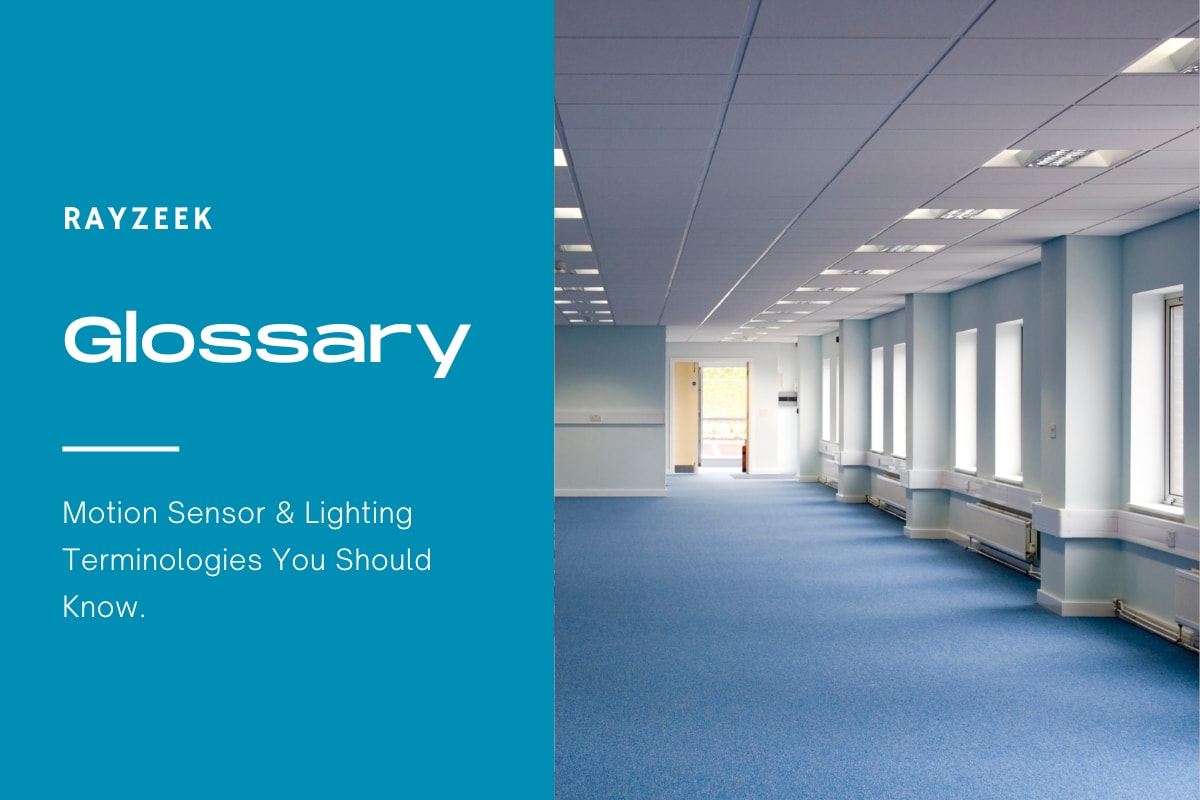What is Filtered Light
Filtered light, also known as indirect light, refers to sunlight that has been softened or diffused by passing through a medium or obstruction, such as a sheer curtain or foliage. This type of light is characterized by its reduced intensity and the gentle, diffused glow it creates. The purpose of filtering the light is to mitigate the harshness of direct sunlight, preventing plants from being sunburnt and creating a more visually pleasing and comfortable lighting environment.
Get Inspired by Rayzeek Motion Sensor Portfolios.
Doesn't find what you want? Don't worry. There are always alternate ways to solve your problems. Maybe one of our portfolios can help.
Filtered light is described as sunlight that reaches the plant indirectly, with the direct sun rays being shielded by a sheer curtain. The curtain acts as a buffer, softening the intensity of the sun’s rays and protecting the plant from potential damage. By filtering the light in this way, the plant receives a more gentle and diffused form of sunlight, which is less likely to cause harm.
Filtered light is commonly used in the lighting industry to create a softer and more aesthetically pleasing lighting effect. It helps to reduce harsh contrasts, shadows, and glare, resulting in a more comfortable and visually appealing environment. This type of lighting is often achieved by using methods such as lamp shades, indirect lighting fixtures, or partially covering windows with materials like vines or lattices. The filtered light creates a softer boundary, less contrast, and fewer shadows, allowing for better visibility of details and a more pleasant overall lighting experience.
Looking For Motion-Activated Energy-Saving Solutions?
Contact us for complete PIR motion sensors, motion-activated energy-saving products, motion sensor switches, and Occupancy/Vacancy commercial solutions.









